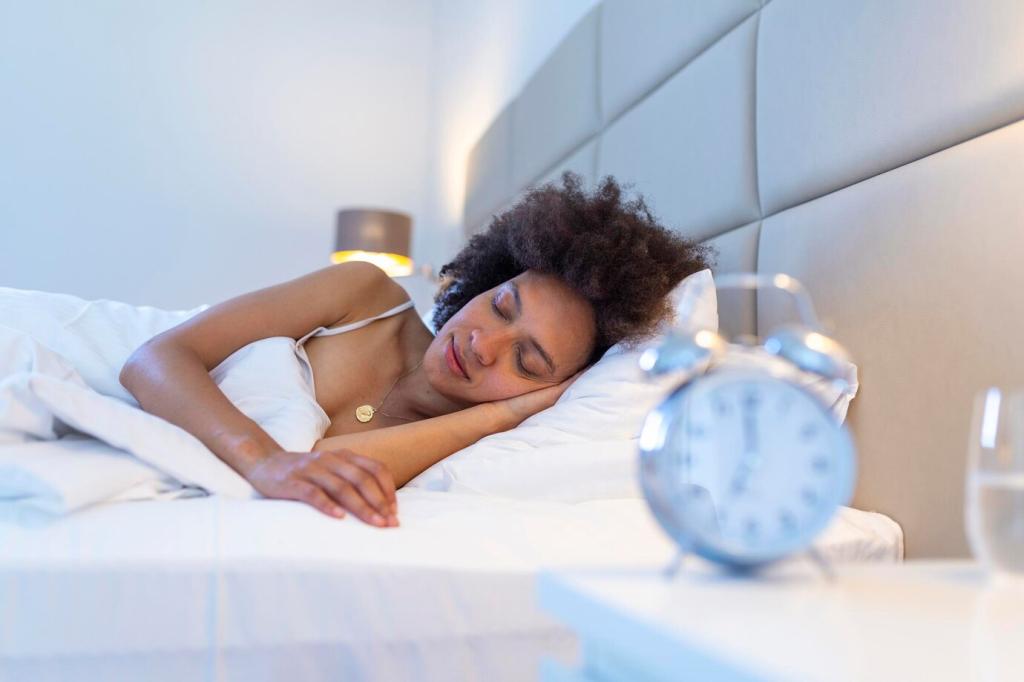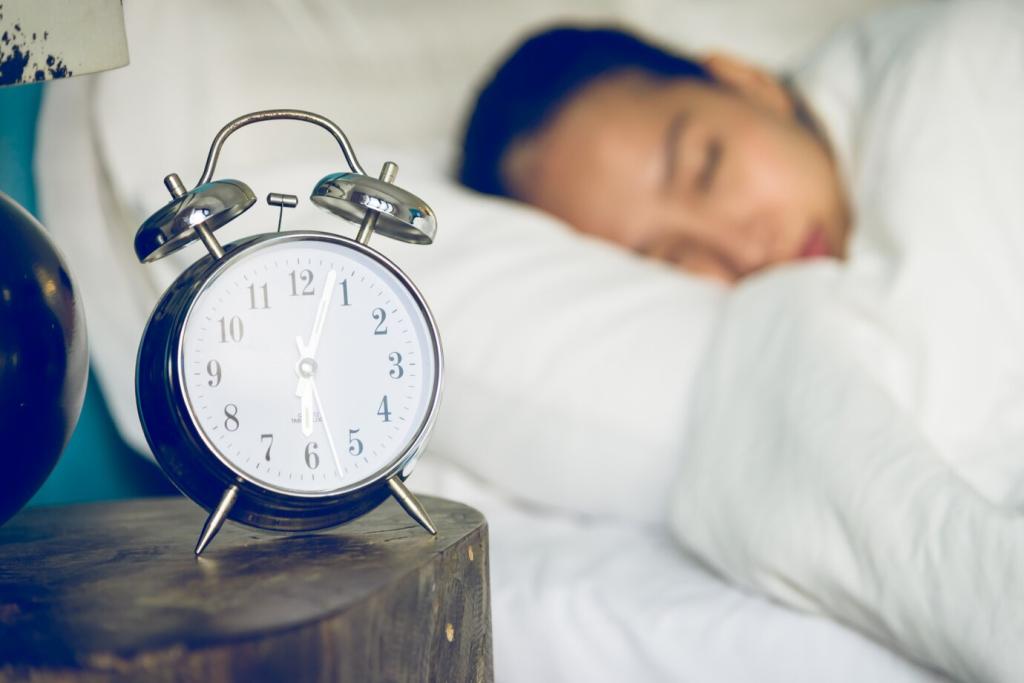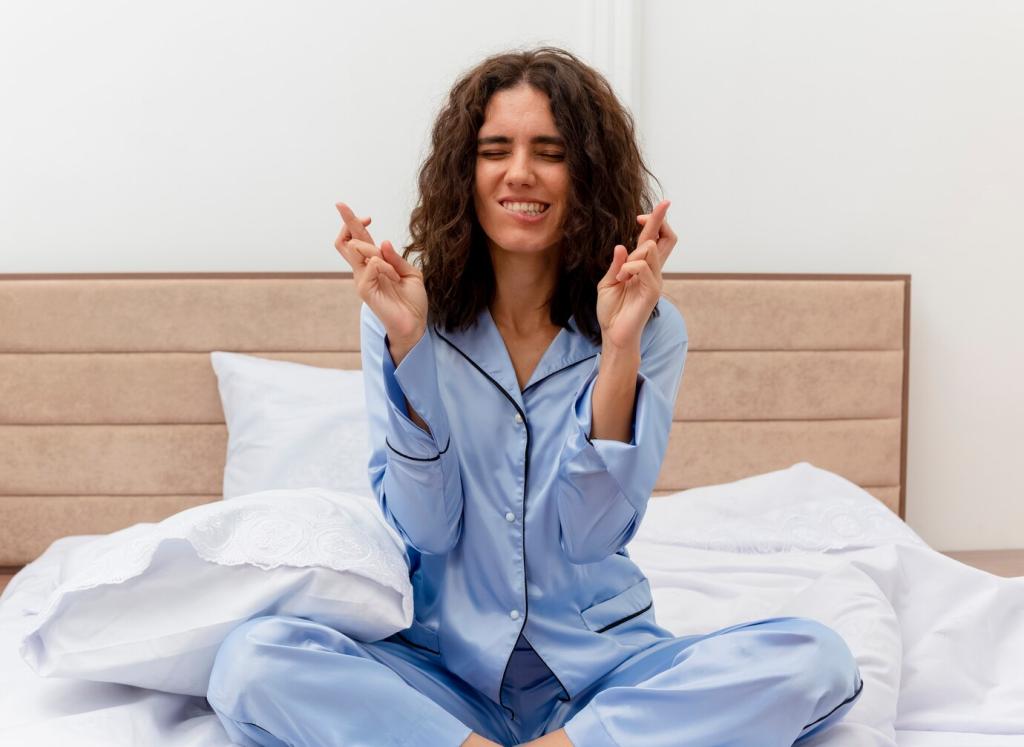
Using Soundscapes in Sleep Meditation
Chosen theme: Using Soundscapes in Sleep Meditation. Unwind with intentional audio that hushes mental chatter, softens the room’s edges, and welcomes deep, unbroken rest. Join our community, share your favorite calming sounds, and subscribe for weekly sleep-deepening ideas.
A tranquil soundscape blends steady textures like pink noise, soft rain, distant surf, or low drones. The goal is consistency without sharp transients, creating a cocoon of predictability that lets your mind release control and finally relax.
What Soundscapes Mean for Your Nightly Calm

Gentle Noise and Sleep Architecture
Studies have found that pink noise can support more stable deep sleep by smoothing contrasts between quiet and sudden sound. It is less about magic frequencies and more about calming continuity that lets restorative stages unfold without unnecessary interruptions.

Auditory Masking in Real Rooms
Apartments, pets, elevators, and late-night traffic create unpredictable spikes. A steady soundscape masks these peaks, keeping your brain from jolting awake. Aim for comfortable volumes, around soft conversation levels, so the sound blends with the space rather than dominating it.
Nature Layers That Never Rush You
Try slow ocean swells, gentle forest rain, or distant night insects. Favor long, seamless loops so transitions are invisible. Subtle variations keep your brain soothed, while the overall texture stays steady enough to lull you into restorative stillness.
The Color of Noise Matters
White noise can feel bright, pink noise sounds softer, and brown noise leans deeper and warmer. Start with pink or brown, then A/B test for a week. Track how easily you drift off and how refreshed you feel upon waking.
Ambient Music or Pure Atmosphere
If melody hooks your attention, choose texture-only ambience. If music comforts you, pick minimal, slow pads without catchy motifs. The rule is simple: if you find yourself listening instead of drifting, simplify the sound until it disappears into calm.
Tools and Setup for Effortless Nights
A small bedside speaker spreads sound gently through the room. Pillow speakers localize audio without isolating you. Open-ear buds keep ears unobstructed. Whatever you choose, keep volume low enough that you can still hear your own breathing.

Rituals: Pair Soundscapes with Body and Breath
Inhale for four, exhale for six to eight while listening to rain. Longer exhales activate calm, syncing breath with sound. If you feel lightheaded, simply return to natural breathing and keep the rain at a soft, supportive volume.
Rituals: Pair Soundscapes with Body and Breath
Imagine each wave releasing tension from a different body region. Start at the toes and move upward. Let the ocean’s rise and fall cue your attention gently, turning wandering thoughts into a slow, soothing scan of comfort.
Rituals: Pair Soundscapes with Body and Breath
Whisper a simple intention like, “Tonight I surrender into softness.” Press play, then let the sound carry it. Repeating the same phrase nightly builds a reassuring bridge from busy day into peaceful rest.





Troubleshooting and Fine-Tuning for Better Sleep
If a loop click or bright hiss snaps you awake, switch sources, lower treble, or choose brown noise. Reduce volume slightly. Remember, the perfect soundscape is the one you barely notice until morning arrives kindly.
Troubleshooting and Fine-Tuning for Better Sleep
Some sleepers are volume-sensitive. Start lower than you think, let your ears adapt, and keep devices at a distance. Consider quieter nature textures, and alternate occasional silent nights so your system never feels overstimulated.
